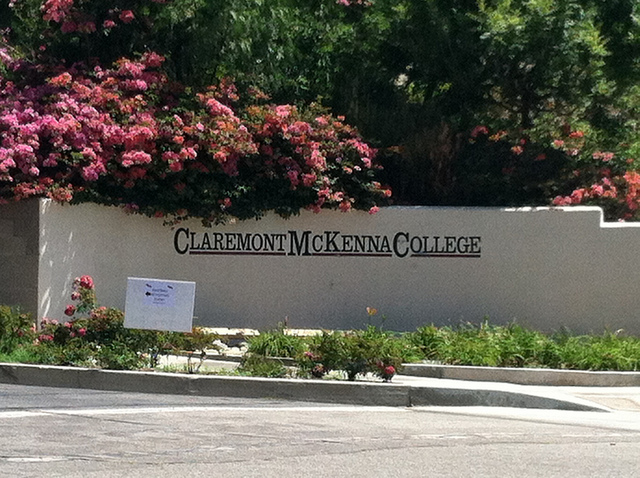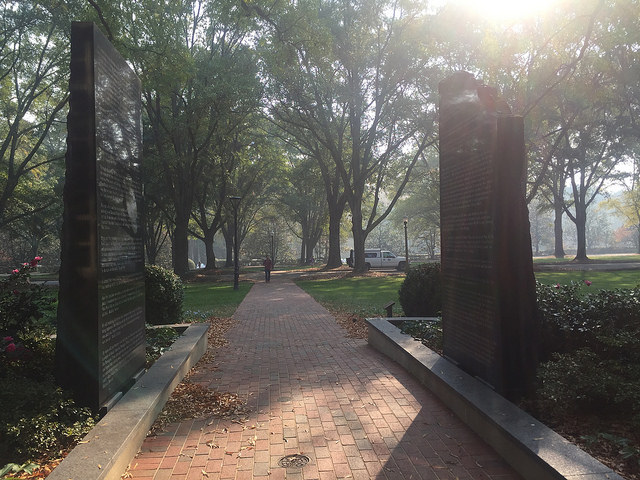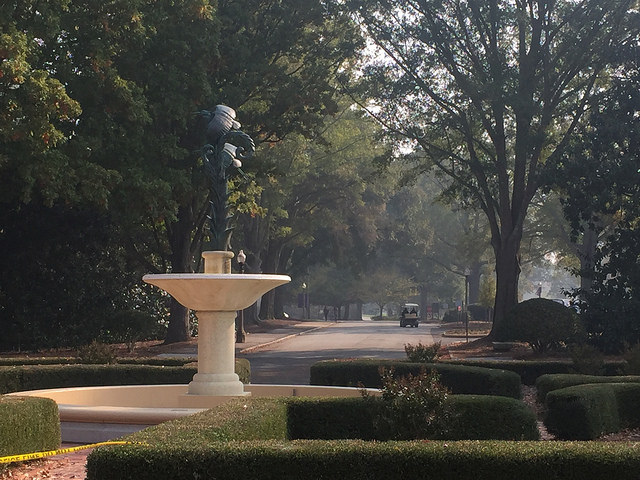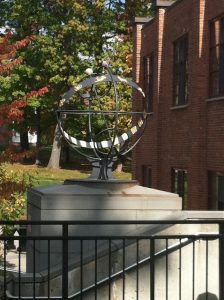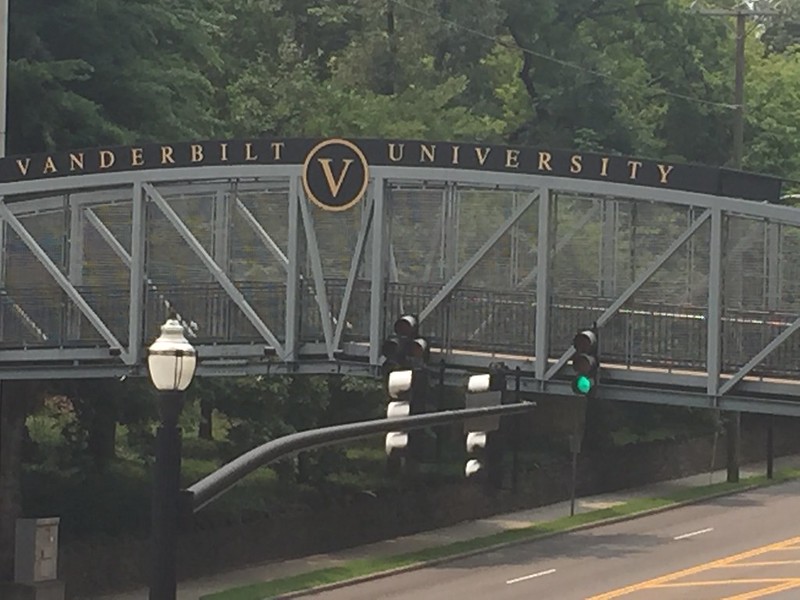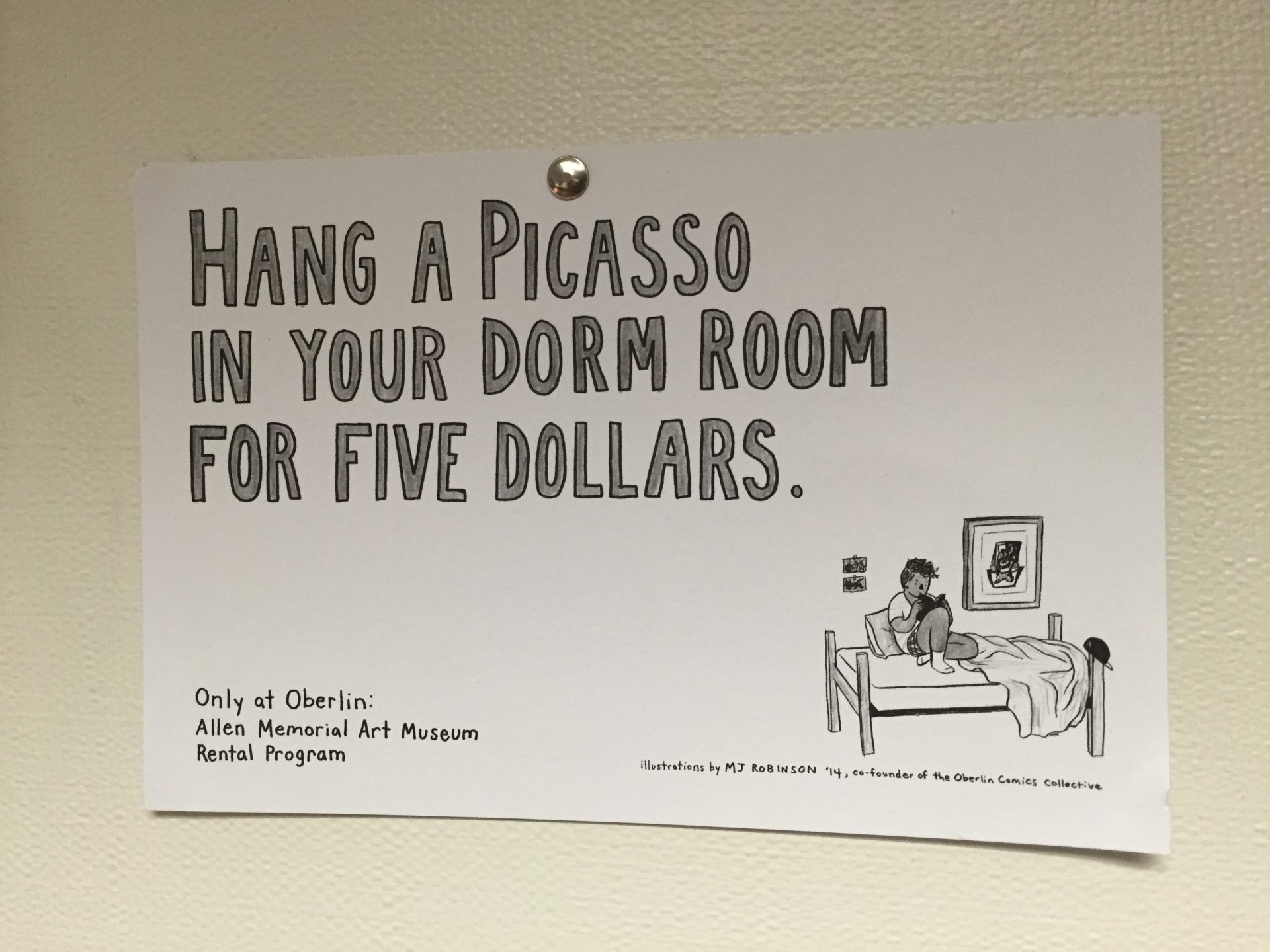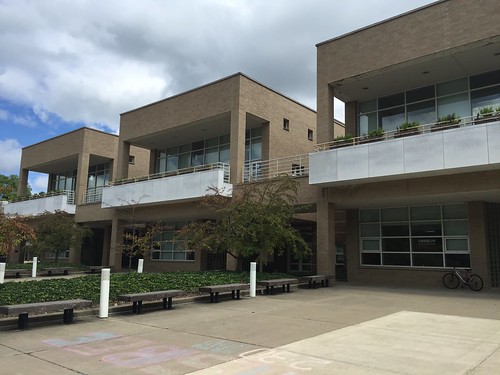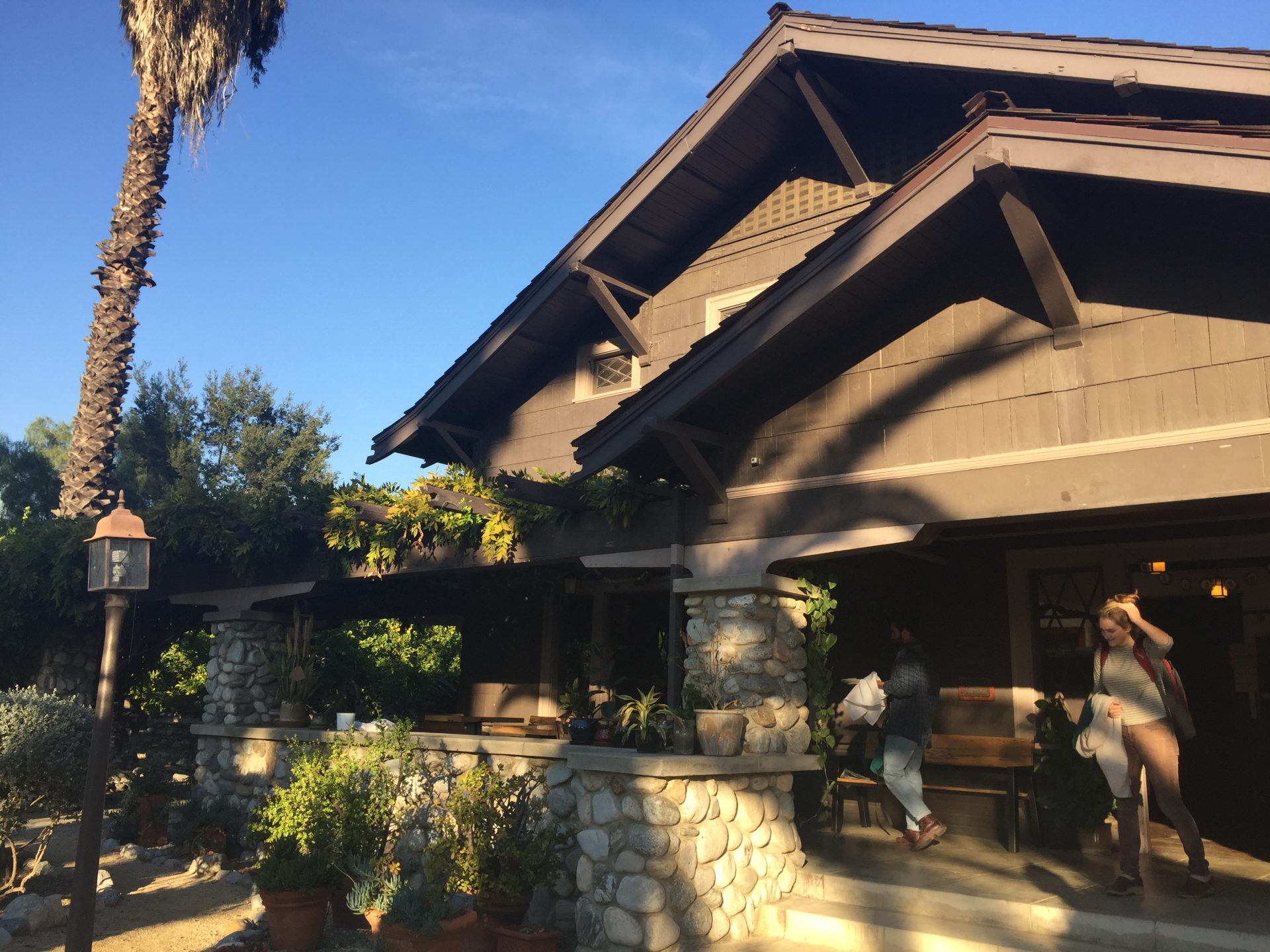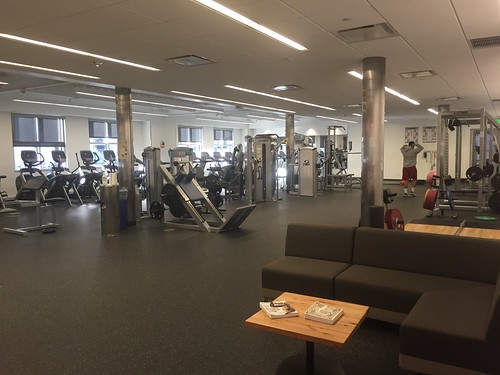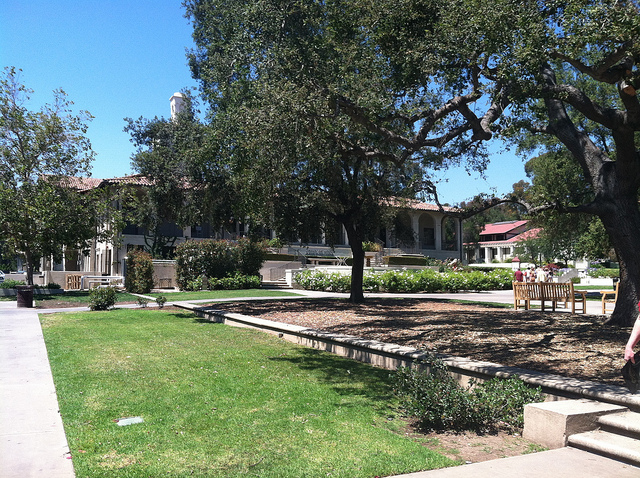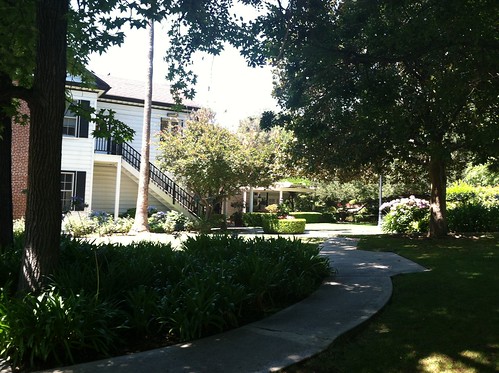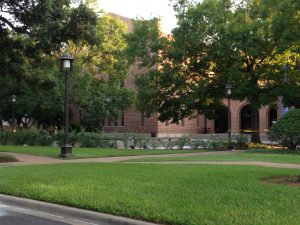Claremont McKenna College is a highly selective college among the consortium of The Claremont Colleges and has a real world focus. Students who fit well at Claremont McKenna have high ambitions in business leadership and public affairs. Although its student body of 1,300 qualifies as “small”, the campus has much to offer students interested in government, economics, business, and international relations. A senior said that Claremont McKenna is a “great place for a practical liberal arts education that prepares you for grad school and career.”
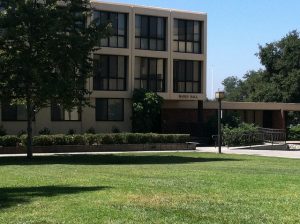 Claremont McKenna community is guided by a free exchange of ideas, real world service and work experience, and opportunities for advance research – 93% of students participate in internships, 50% study abroad and 79% do research. The 11 research institutes located on campus offer CMC undergraduates numerous opportunities to study everything from political demographics to the environment.
Claremont McKenna community is guided by a free exchange of ideas, real world service and work experience, and opportunities for advance research – 93% of students participate in internships, 50% study abroad and 79% do research. The 11 research institutes located on campus offer CMC undergraduates numerous opportunities to study everything from political demographics to the environment.
Campus visit note: If you’re planning to visit more that one of The Claremont Colleges, plan to spend at least a day since the campus visit schedule usually has times that overlap.

Additional quick facts about Claremont McKenna:
Acceptance: 11%
Freshmen retention: 95%
Freshmen from out of state: 54%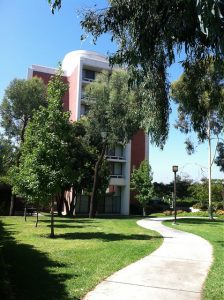
4-year Graduation rate: 77%
Most popular majors: Economics, Government, Psychology
Housing: All freshmen live on campus and approximately 90% of upperclassmen. Since there are no all-freshman dorms, each residence has a minimum of 20% of new students. Gender-inclusive housing is an option where students can live with any student regardless of identity.
Similar colleges to consider to develop list: University of Southern California, Occidental College, Georgetown University, Brown
Financial aid: Claremont McKenna College offers both need-based and merit aid, with 100% of need met. Although the cost of attendance is $70,000, the average financial aid package is $38K. About half of students receive scholarships/financial aid.
What do you think about Claremont McKenna? What about this college is a good fit? Please post your comments below.


